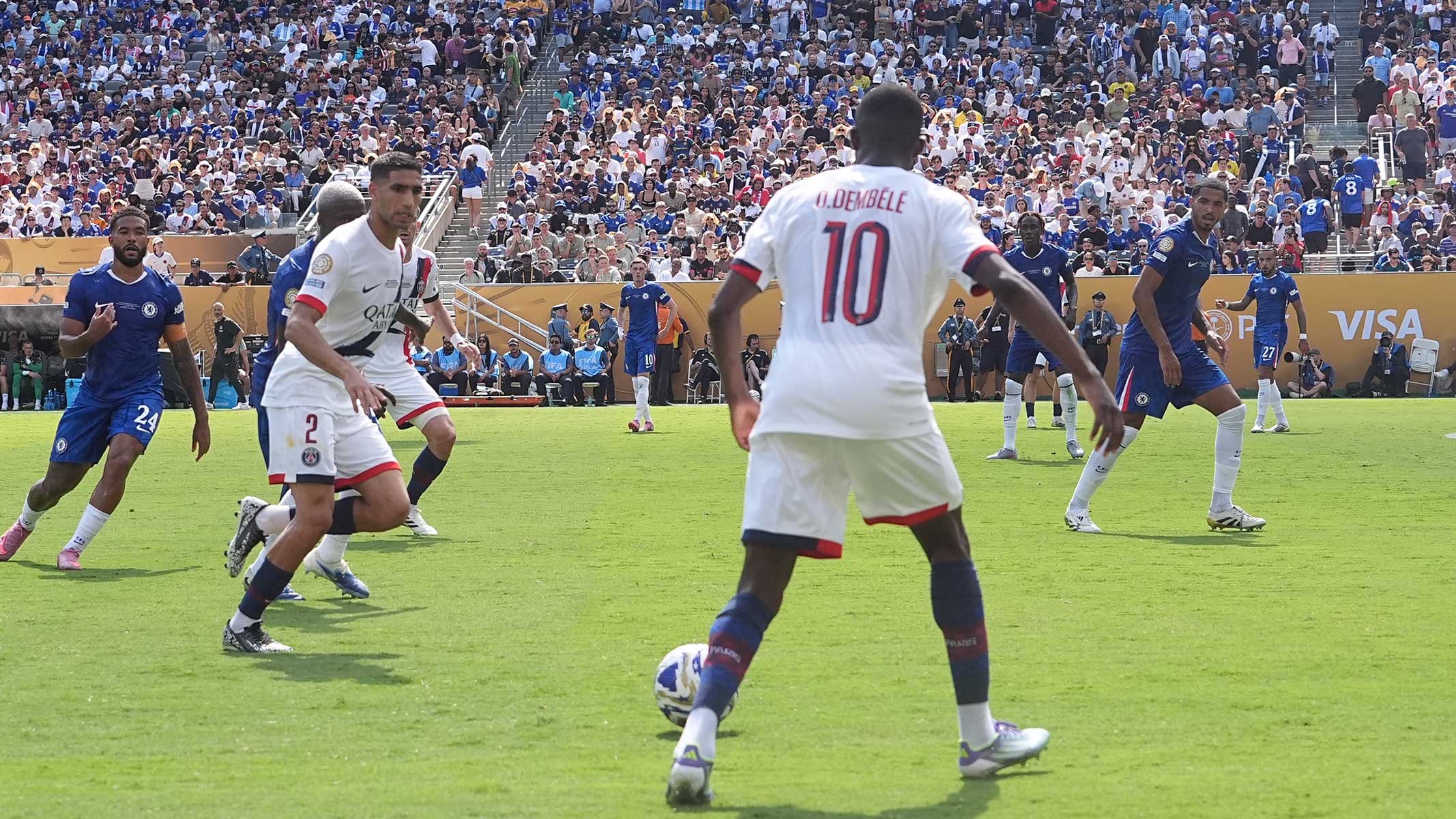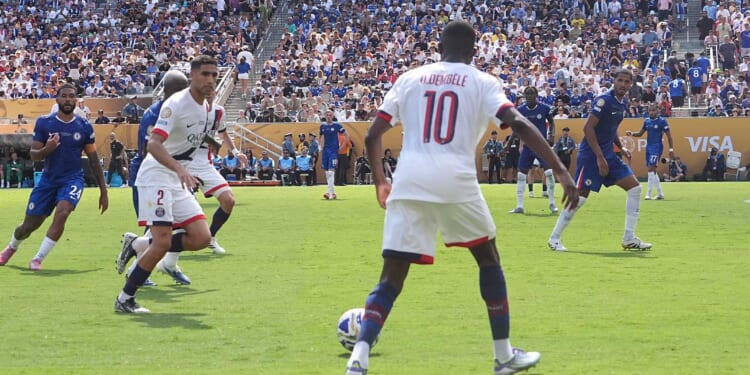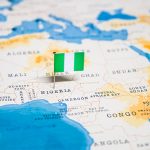
New York City is fast approaching the largest sporting event in its history: the 2026 FIFA World Cup, the final game of which will be played at MetLife Stadium. Is Gotham prepared for the added stress to its infrastructure, including hospitality, transportation, and public safety? And are its mayoral hopefuls—especially frontrunner Zohran Mamdani—up for the challenge?
The 2026 World Cup will draw an expected 6.5 million total spectators to venues across the United States. Officials predict that more than 1.2 million visitors will travel to the New York/New Jersey area alone.
Finally, a reason to check your email.
Sign up for our free newsletter today.
For context, an estimated 64.5 million visitors came to New York City in 2024, nearing the pre-pandemic record of 66.6 million in 2019. The influx of fans from the World Cup next summer is likely to push the city past that record. This massive boost to tourism will serve as an economic stimulus to the region; the NYNJ World Cup 2026 Host Committee projects a $3.3 billion boost in spending.
But in addition to fueling New York’s economy, the World Cup will stress, as never before, infrastructure such as hotels and services such as transportation and public safety.
Take New York’s vast hospitality sector: more than 700 hotels with nearly 200,000 rooms citywide. But the industry faces sky-high occupancy rates—roughly 85 percent on an average night. That cushion may not be enough for next summer’s flood of visitors.
Past legislative and policy choices have complicated the situation further. New York City’s Local Law 18, implemented in September 2023, virtually outlawed most short-term rentals (like Airbnb) to protect housing affordability. The law precipitated a 92 percent drop in Airbnb listings citywide. The average daily rate for a room shot up to a record high of $524 in mid-2024—more than 50 percent higher than the year prior.
New York’s ongoing housing and migrant crisis is also eating into the city’s tourism infrastructure. The city is still assisting more than 32,900 migrants, down from its record-high of 69,000 in 2024, when it was using more than 16,000 hotel rooms as temporary shelters for refugees, asylum seekers, and the homeless.
The World Cup will test New York’s transportation system. Few cities rival New York with its three major airports JFK, La Guardia, and Newark Liberty, which together handle more than 145.9 million passengers per year. Major U.S. airlines have already asked the FAA to keep New York flight-cut waivers through October 2027, as severe controller shortages continue and 75 percent of national delays start in New York City airspace. Meantime, the U.S. Travel Association says the system is “not ready” for mega-event surges like the 2026 World Cup and 2028 Olympics without urgent fixes.
On the ground, moving huge crowds to and from World Cup matches will be a major undertaking. Currently, subways carry about 4.19 million weekday riders and buses 1.48 million. The system has struggled with this load, logging over 200,000 delays through June 2025 and a subpar 82.2 percent on-time performance in 2024.
Moreover, the last time a mega-event was held at MetLife Stadium—the 2014 Super Bowl—things didn’t go smoothly. Approximately 28,000 fans rode NJ Transit trains to the stadium, almost double the number that organizers had forecasted. The result was packed platforms and delays of over two hours.
Ensuring public safety during the World Cup will be paramount. Major sporting events inevitably attract security concerns—from terrorism threats to ordinary street crime.
These security demands could pose a practical challenge for a hypothetical Mayor Mamdani. He has campaigned on issues like police reform and accountability. But during the tournament, New York’s next mayor will need to lean heavily on the NYPD, state police, and even the National Guard.
The NYPD’s recent crime stats provide some optimism that the city can keep things orderly—if the department’s resources and manpower are held steady or increased, that is. In 2023, shootings in New York City fell by 24.7 percent and murders fell by 11.9 percent compared with the prior year. Overall, major crime was essentially flat, down 0.3 percent year-over-year after surging in 2020–2021. The city’s transit system, often a barometer of urban safety, saw a 3 percent drop in crime in 2024.
Challenges remain on the law-and-order front, however. Perception of crime is still a problem, and international visitors may still harbor impressions of “unsafe New York.” A high-profile incident could quickly sour the mood.
The city will need to coordinate with the federal government to handle the World Cup as a National Special Security Event, a Department of Homeland Security designation for high-profile gatherings like United Nations General Assembly meetings.
Beyond the logistical concerns, there’s a political question: If Mamdani wins the election, would New York City’s hosting of the World Cup help or hinder his broader mayoral agenda? On one hand, the event would offer Mamdani the chance to showcase a competent, visionary City Hall, proving to skeptics that a progressive leader can run a complex city and deliver a successful global event. It could also bring lasting benefits—much-needed improvements in infrastructure and transit, for example—if the partnership with the federal government is handled deftly.
On the other hand, the World Cup final could become an all-consuming distraction. The mayor and top officials will spend significant time in late 2025 and the first half of 2026 on World Cup preparations—time that might otherwise be spent advancing policy initiatives on housing, education, public health, and more. Mamdani would need to prioritize to prevent the World Cup from derailing his agenda entirely.
Mamdani’s real test, if he wins in November, would be in managerial skills and ability to compromise. He would need to deploy city agencies effectively in concert with state and federal partners and communicate clearly with New Yorkers about the benefits and disruptions the World Cup will bring—all while not losing focus on everyday governance issues that will outlast the final whistle. It’s a daunting balancing act for any mayor—especially a first-term one with little executive experience.
Photo by Selcuk Acar/Anadolu via Getty Images
City Journal is a publication of the Manhattan Institute for Policy Research (MI), a leading free-market think tank. Are you interested in supporting the magazine? As a 501(c)(3) nonprofit, donations in support of MI and City Journal are fully tax-deductible as provided by law (EIN #13-2912529).
Source link


















